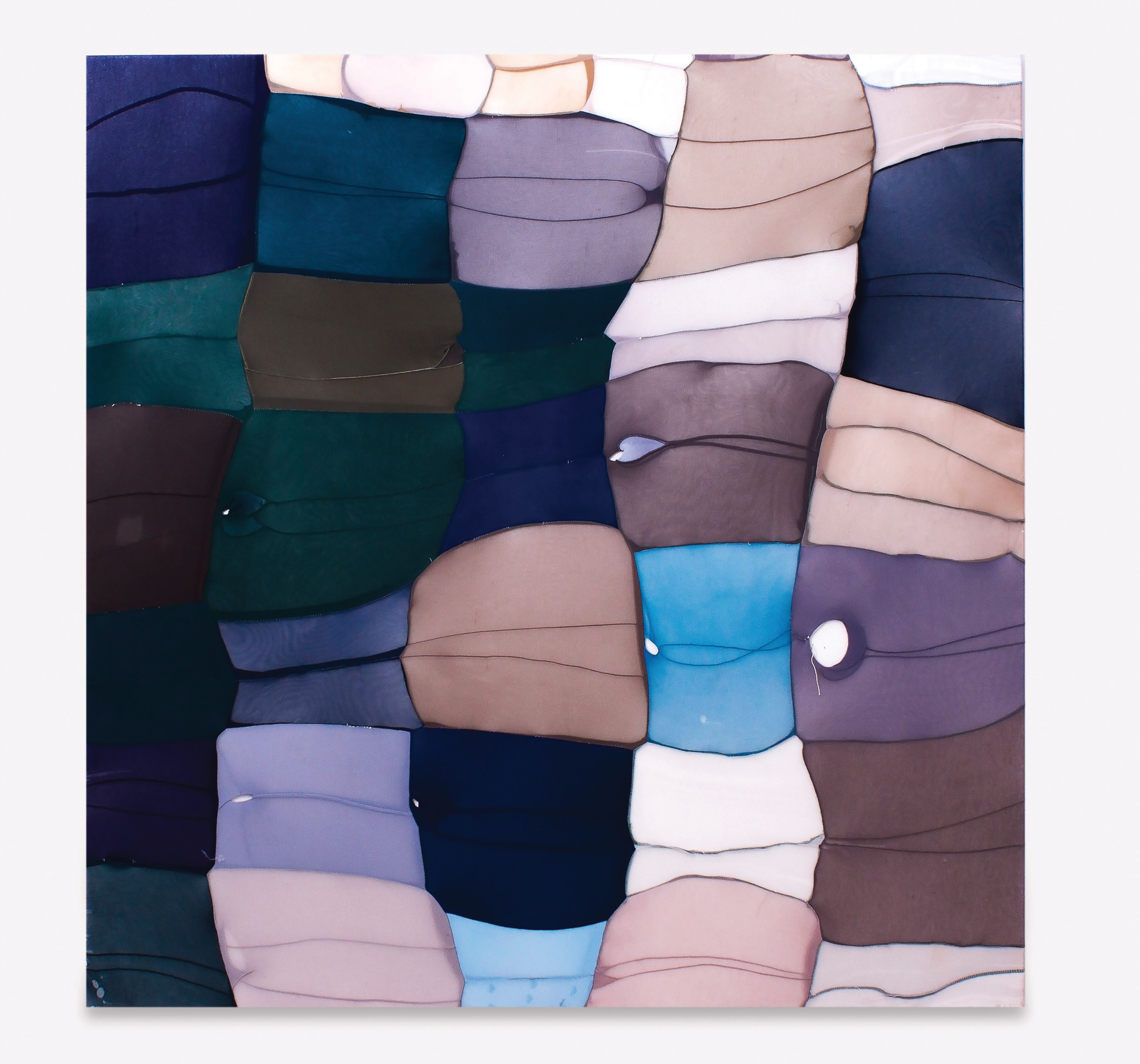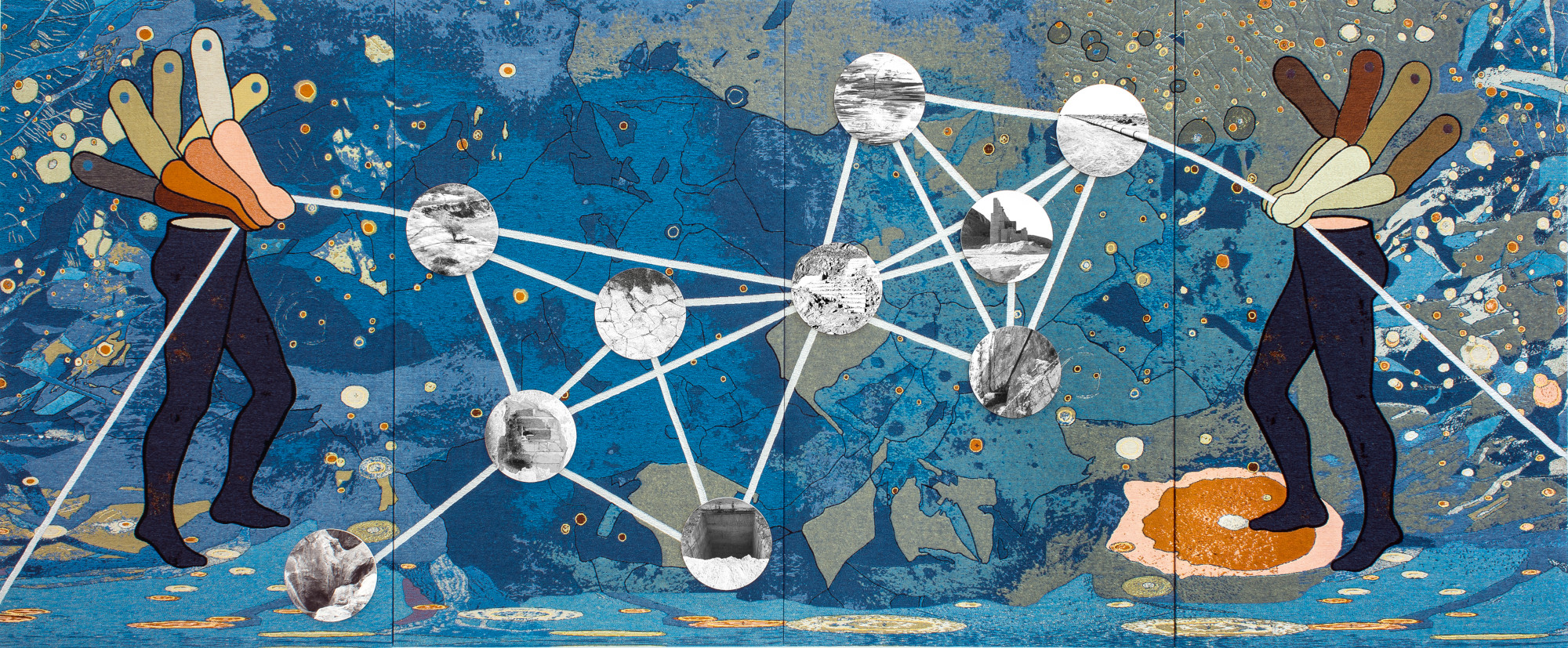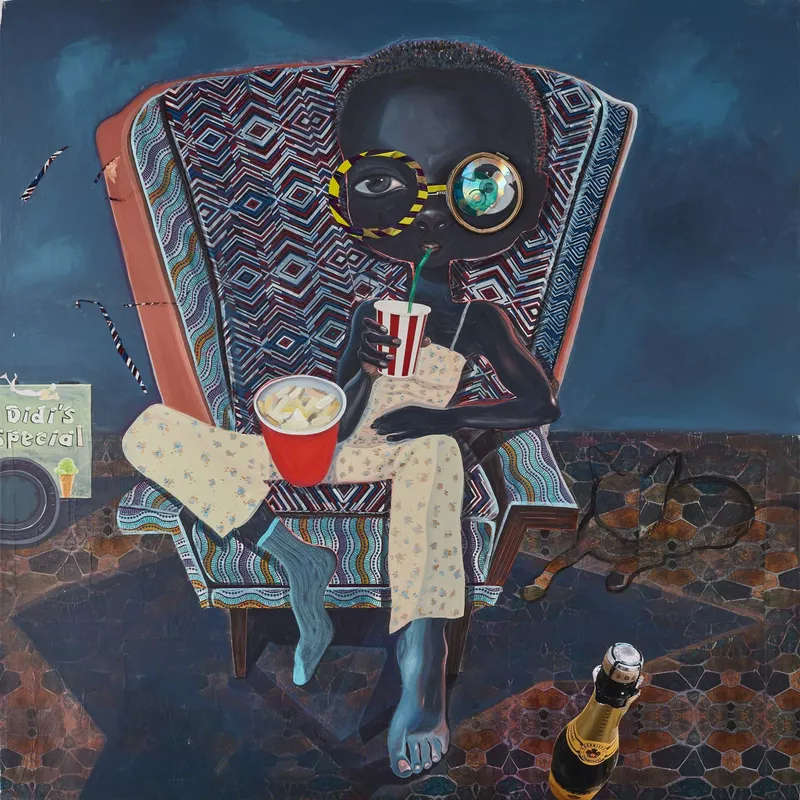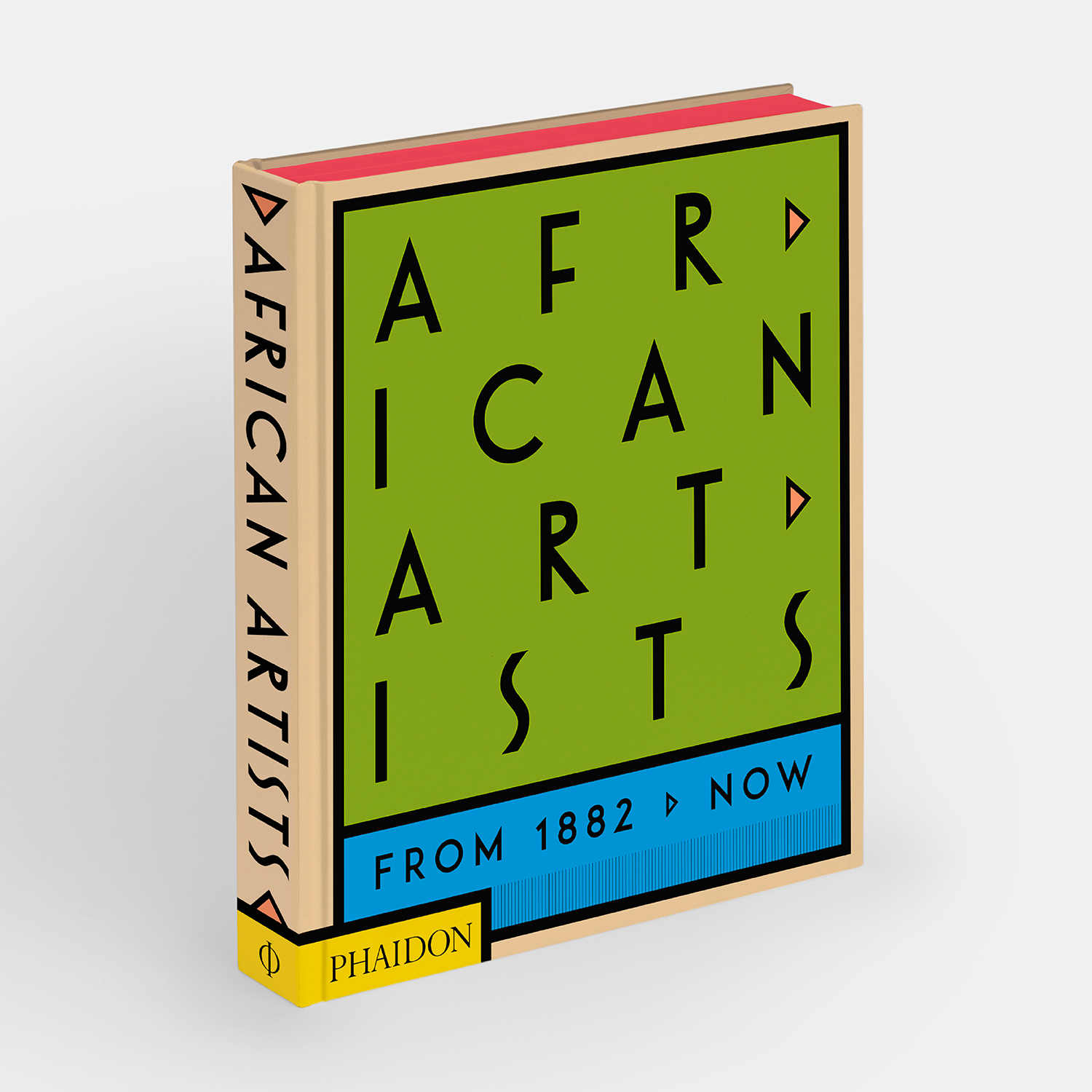
African Artists and textiles
See some fantastic fabric artworks presented whole cloth in our new book, African Artists
One region’s avant-garde is another’s tradition – that is perhaps one of the lessons we can learn from the book, African Artists from 1882 to Now. This title covers fine art in all its forms within the African continent, via the work of the 300 modern and contemporary artists born or based in Africa surveyed in this ground-breaking book.
Of course painting and sculpture feature widely. Yet the media favoured in Western art schools, galleries and museums isn’t necessarily the same as those favoured for generations by this continent’s creatives.
Consider textiles. Sometimes seen as a niche concern in Europe and America, fabric and textile art crop up again and again in this book. In the work of the South African artist Turiya Magadlela (top image), the lowliest of cloths is transformed into high art. “Magadlela’s works thread together intimate and historical narratives, utilizing metaphors contained in textiles that hold personal significance for her – from nylon tights and correctional service uniforms to traditional Xhosa fabric,” explains the text in African Artists.
“Through a process of stretching and folding fabric onto canvas, she finds subtle ways of inserting her memories and experiences into fabrics that contain burdened histories, challenging traditional readings of how these materials are used.
“Though sculptural, her unconventional wall-based works resemble abstract paintings, with their rectangular format and emphasis on colour. These works, although created within particular contexts, are open to interpretation and offer various articulations and readings due to their abstract nature. Often written in isiZulu (one of South Africa’s eleven official languages), the titles of her works function as poetic gestures that point to local accounts and myths. Taken together, they read like diary entries, sometimes referencing older works and returning to earlier preoccupations – as in this work (above), which can be linked to a 2015 series entitled ‘I never made Swan Lake’.”

The Nigerian-born, Belgium-based Otobong Nkanga, meanwhile, addresses broader, nationwide narratives in his, slightly more conventional textiles. “Nkanga’s shimmering landscape and faceless, mechanical figures weave together the social and ecological impact of the exploitation of the region’s resources by the colonial regime,” says the text in African Artists. “Ten photographic images record the passage of time. Printed on circular Forex plates, fixed to the woven tapestry and bonded by interconnecting line structures, the images detail cracked surfaces, holes in the ground, abandoned structures, rusty pipelines. A product of Nkanga’s distinctive investigative procedures, the images evidence human interference in a once rich and fertile land, now drained and abandoned. The artist’s critique of the exploitative systems of mining and human labour, however, is offset by the stunning beauty and simplicity of her art which gestures towards structures of healing and repair.”
Nigerian-expatriate, the British-based artist, Ndidi Emefiele, also sneaks a little fabric into her work. Though generally classified as a painter, her mixed-media pictures pay tribute to her country’s textile heritage.
“Her works often feature a female figure as the protagonist, critically addressing the confines of gender roles and, more broadly, identity constructed by contemporary society. The characters in Emefiele’s works appear self-confident and unperturbed, engaged in relaxed and nonchalant activity and existing in a universe almost entirely devoid of males; often, as seen here, they directly engage the spectator with an enigmatic and intense gaze, as if aware of their presence.

“The figure in An Audience I (above) is emblematic of Emefiele’s aesthetic, with its enlarged head and features, existing in a multilayered composition consisting of thick, visible brushstrokes and a range of media alongside the dominant acrylic paint. Notably, the work includes print textile (known colloquially in Nigeria as ankara) as part of the fabric of the chair, making a distinct reference to the artist’s Nigerian heritage and interrupting the distant, surreal setting with an element of everyday reality.”

To better understand how these artists weave their work into a wider tapestry of African art, order a copy of African Artists from 1882 to Now here.